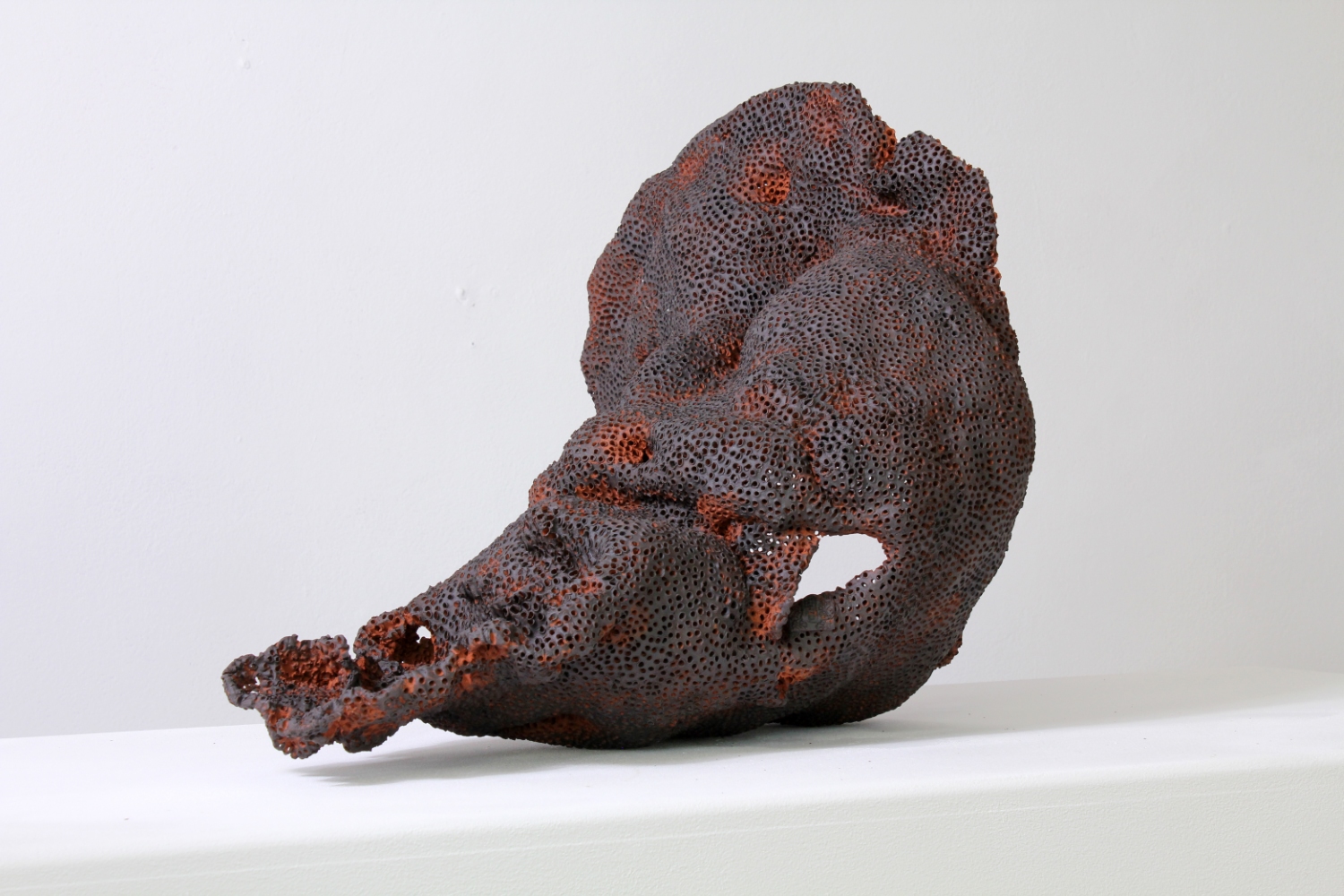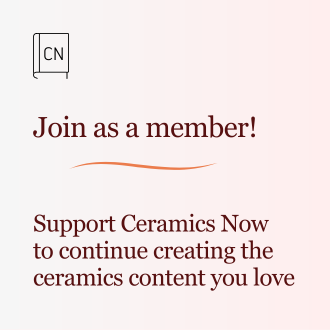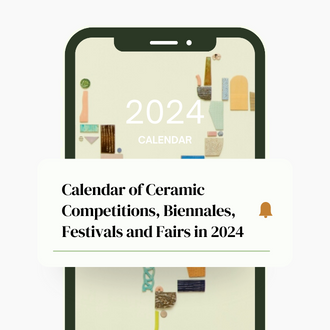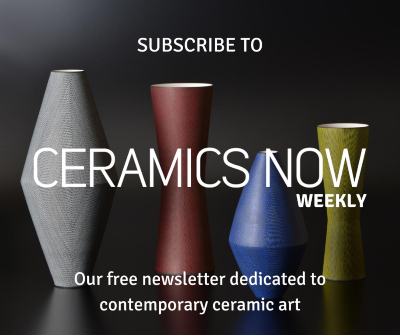Mirjam Veldhuis is a ceramic artist living in the Netherlands. Before she went to art college in 1980 she spent a year as an apprentice in the pottery workshop of Freek Berends in Echten. Here she learned throwing, glazing, packing, and unpacking the kiln; all the stages of the ceramic process. While babysitting for her two daughters, she could use the studio and do so enthusiastically. In 1985 she graduated from Academie Minerva in Groningen.
Mirjam’s work evolved from vessel-orientated objects to cut-up vessel forms to entirely handbuild freestanding sculptures. In 2000 she introduced glazes and colors other than that of the clay body in her work. At first, she used commercial glazes, but this was soon followed by glazes she found through her lab work. Her curiosity for glazes such as celadon and oxblood and new working methods, in general, led her to residencies in Japan, China, and Indonesia.
Veldhuis’ work is found in various public and private collections. She had numerous solo and group shows in the Netherlands, Germany, the UK, France, and beyond. Since 2013 she is one of the faces behind Witte Olifanten (White Elephants), a small-scale venue for ceramic sculpture in the northern town of Stadskanaal, which takes place during the summer period.
Visit Mirjam Veldhuis’ website and Instagram page.
Featured work
Holes made, 2022

It is the actual handling of clay that keeps me going, and the sheer endless variety of features and finishes that belongs to the world of ceramics. As in a good relationship, I deeply respect the characteristics and qualities of clay. There is, however, a third party involved—the viewer.
In my quest to captivate my audience I let clay truly work as an interface. In my sculptures traces of the making process are almost always visible; the familiar and the undefined often strive for primacy. References to landscape and bodily motives can be found, without them ever becoming literal images. People are often drawn to my sculptures and tempted to touch and stroke them. As one visitor confessed: “I know I’m not supposed to, but I touched all the trunks and put my finger in every hole.” Or even more primal: “I want to lick them!”
In Holletje gemaakt (Holes made), the series of sculptures that I am working on now, I explore the super dry quality of engobe surfaces. On a more sculptural level, it is mass versus volume or transparency, closedness versus opening up in form or space, holes made… “What is living in there?”, my cousin asked.
July 2022





